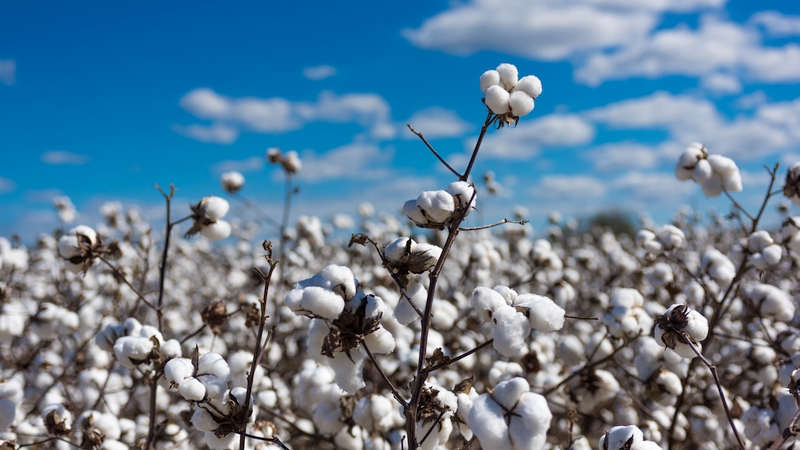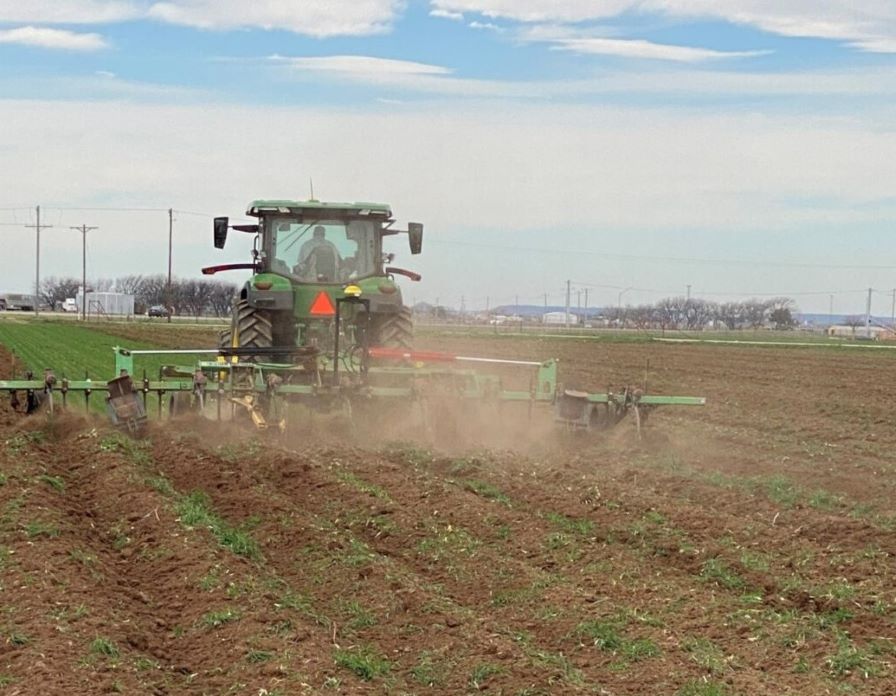In-Crop Needs Drive Transform Momentum
It’s become an annual rite of spring. Transform WG Insecticide, a product introduced by Dow (now known as Corteva Agriscience following the company’s formal merger with DuPont), has again received a series of Section 18 emergency use exemptions.
By early April, five states – Arkansas, Alabama, Louisiana, Mississippi and Texas – had all received Section 18 approvals for Transform in cotton. A company source indicated Corteva is expecting several more for both sorghum and cotton for the 2018 season. In 2017, a total of eight states received Section 18 approvals for use of the pest management tool in cotton.
So how did we arrive at a place where one product is so heavily depended upon throughout the Cotton Belt? And how, exactly, do Section 18 approvals come to be? In one Mid-South state, the emergency exemptions started with an actual crop protection emergency.
“We peaked (with plant bug sprays) somewhere around 2010,” says Angus Catchot, Extension entomologist with Mississippi State University. That year, producers in the state averaged almost nine foliar applications to control pests. They averaged a whopping $90.62 spent per acre on foliar insect control, with the vast majority of that total being spent on tarnished plant bugs.
There were a number of factors contributing to those numbers. Trait technology had not yet evolved in most seed brands, and many crop protection options that are available today, like Transform, had yet to be introduced. An abnormal abundance of corn acres in the state that year also contributed to the spike in tarnished plant bug populations. While some of these factors remain present, the plant bug problem is much more manageable in recent years, according to Catchot.
“We like to attribute that to the fact that we have Transform,” he says.
“This past year we probably had the fewest plant bug sprays on average in the Delta than we’ve had in a long time, and there are several reasons for that,” he says. “Of course, one of them is the fact that we do have tools such as Transform for growers to use.”
Catchot and other Extension entomologists were first able to apply for Section 18 emergency exemptions for Transform in 2012. It’s a process that he has become very familiar with over the years.
“If there’s a product out there that we need, like Transform, (state Extension entomologists) have to approach the EPA on behalf of our growers,” he says. “They have to support our request. We have to meet a lot of criteria, to prove a lot of things – the fact that we actually do need it.”
For now, Catchot and several of his fellow Extension counterparts across the Cotton Belt are happy to request the exemption for Transform. But there are also other, cultural practices that growers can utilize to tamp down plant bug populations on their farming operations.
In a zero sum acreage game, when cotton acreage shrinks as other crop acreage expands, the plant bug population hits cotton fields with higher density, causing more problems. That’s a theory that many entomologists support, as evidenced by the 2007 crop year which saw cotton acreage in Mississippi shrink by half while plant bug damage skyrocketed.
“Cotton is not necessarily a source for plant bugs, it’s a sink,” Catchot says. “Everything else is producing plant bugs. But if you blow up big acres in cotton, that population is diluted across more acres. If cotton acres shrink, we tend to have more problems.”
Growers should be mindful of which crops are planted next to cotton fields.
“Corn is definitely a driver,” Catchot says. “So one of our best management practices now is to block cotton away from corn, at least to the best of your ability.”
He also encourages growers to manage spring host plants with a selective herbicide. Weeds such as henbit, dock and primrose, which are commonly found in weedy roadside environments, can act as a springboard for tarnished plant bug populations in the early season.
From Cotton Grower Magazine, April 2018









